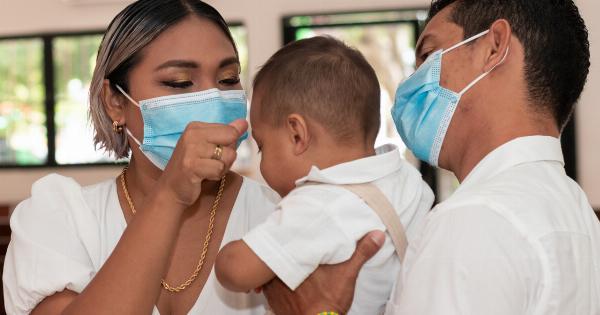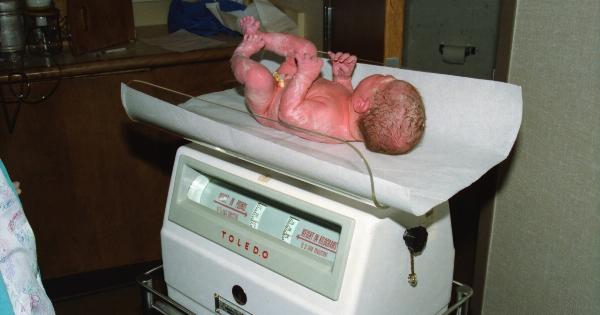As a parent, the first few years of your child’s life are filled with countless milestones and exciting moments. One of the most significant of these milestones is your child’s speech development.
Every child’s speech development will be different, but there are common milestones and patterns that parents can watch for when it comes to their child’s early speech development. In this article, we’ll discuss what you can expect in your child’s early speech development.
Birth to Three Months
During the first few months of a baby’s life, development is primarily focused around feeding, sleeping, and adjusting to being outside the womb.
However, this time is also significant for speech development as a baby begins to recognize the sounds in their environment.
Babies will typically display a preference for sounds that are higher in pitch and have an exaggerated intonation. In other words, they’re more drawn to sounds that sound like speech, rather than ambient noise.
During this time, it’s essential to expose your baby to a variety of sounds and talking to them in a high-pitched, sing-song tone can be beneficial for their speech development.
Four to Six Months
At four months old, babies will start to make cooing and gurgling sounds. These sounds are typically more deliberate than the sounds they made prior.
During this time, babies will also start to mimic sounds made by adults, such as coughing, sneezing, and laughter.
Between four to six months, babies will also begin to make consonant sounds, such as “b,” “m,” and “p.” These are the beginnings of your child’s first words, so make sure to encourage their babbling and offer plenty of praise when they make new sounds.
Seven to Twelve Months
Between seven to twelve months of age, babies will start trying to communicate with you intentionally.
They may begin to associate certain sounds with specific items or people, such as “mama” and “dada.” At this stage, it’s important to respond appropriately to your baby’s babbles. Even if you don’t understand what they’re saying, be sure to respond with words of your own.
Babies will also begin to use gestures like waving and pointing to communicate their needs. Encouraging your child to point and labeling what they’re pointing to will help them learn new words and improve their understanding of language.
One to Two Years
Between the ages of one and two, your child will make significant progress with their speech and language development. They will likely have a few words that they can say consistently and will begin to use them in context.
During this stage, children may have trouble with certain sounds or letter combinations. Sounds like “r” and “l” may be challenging to pronounce for some children and can cause frustration.
If you have concerns about your child’s speech development, it’s important to consult with your pediatrician or a speech therapist.
By the time a child reaches two years of age, they should be saying around 50 words and will begin stringing two-word phrases together, such as “more milk” or “daddy go.”.
Three to Four Years
Between three to four years old, your child’s vocabulary will continue to expand, and they will begin to use more complex sentence structures. They’ll also understand basic grammar rules, such as adding “-ed” to make a past tense verb.
At this stage, children will likely be able to communicate their needs and wants effectively and may enjoy telling stories and repeating nursery rhymes and songs they’ve learned.
If your child is having difficulty with their speech development as they approach kindergarten age, it’s essential to seek professional help. Early intervention is the key to helping your child overcome any difficulties they may be facing.
Conclusion
Early speech development is a crucial milestone in a child’s life. While every child develops at their own pace, there are common milestones that parents can look for as their child navigates their speech development journey.
By encouraging your child to communicate and respond appropriately to their babbles, you can help support their speech development and set them up for success in the future.




























